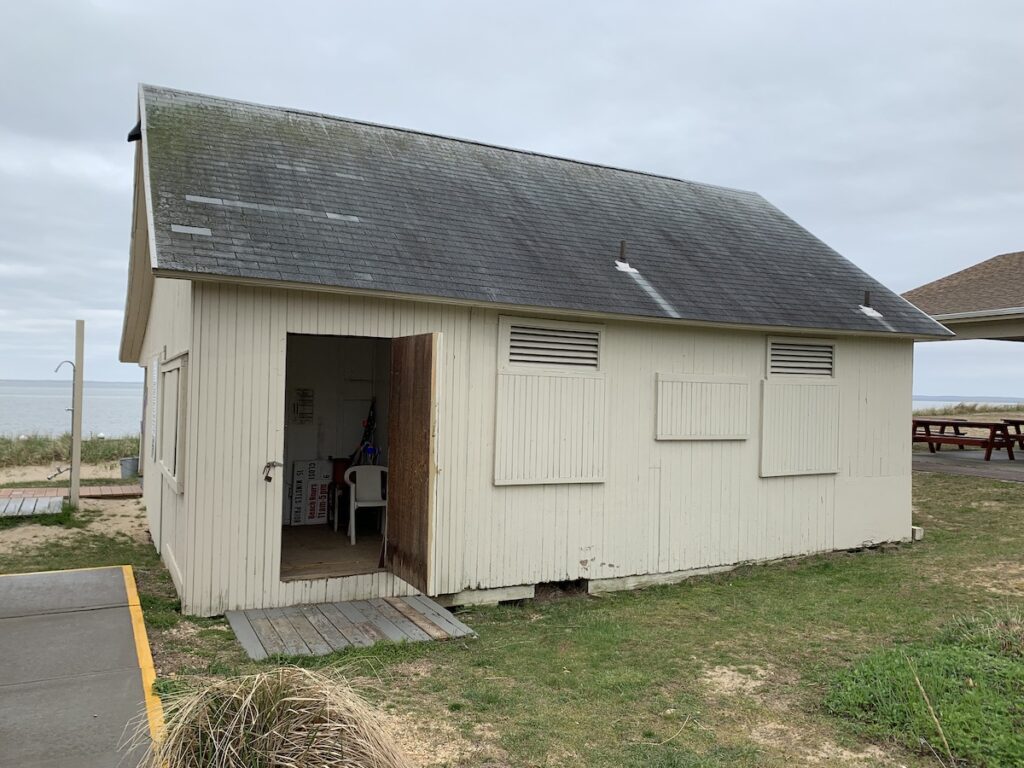Top Stories 2020: ‘For sale’ sign comes off Plum Island

Just days before Christmas, the U.S. Senate passed an omnibus spending bill that included a great gift to everyone who wants to preserve the natural beauty around us.
By a 92-6 vote, the Senate passed a $2.3 trillion spending bill, which included a provision that removed the “for sale” sign on Plum Island — the 840-acre federally owned natural wonder that sits a mile and a half off Orient Point.
At this writing, the bill has been sent to the president for his signature.
The hope among those who have long advocated for the island’s preservation is that a group will come along and acquire it — and keep it as it is.
So, what is it that makes Plum Island so special?
Just for starters, it is home to very significant cultural resources as well as natural wonders that comprise more than 500 plant and animal species.
These include 228 species of birds, representing 25% of all bird species known to North America north of Mexico; the remains of Fort Terry, once a coastal defense facility; and 96 acres of freshwater wetlands.
Beyond its natural beauty is the fact of the island’s importance to the Native people who lived here for thousands of years before Europeans arrived. Their history, long ignored by local historians, should be preserved and studied and should count in our narrative as equal in value to the stories of English colonists who settled here.
The island is currently the site of a federal animal disease center, where important research has been conducted by U.S. government scientists and veterinarians, most of whom live in Southold and add a great deal to our community.
A new animal research center is now being constructed in Kansas. The sale of Plum Island was intended to help pay for that project. Now, those who have long worked to spare Plum Island from being turned over to, say, a golf course developer can breathe a sigh of relief.








